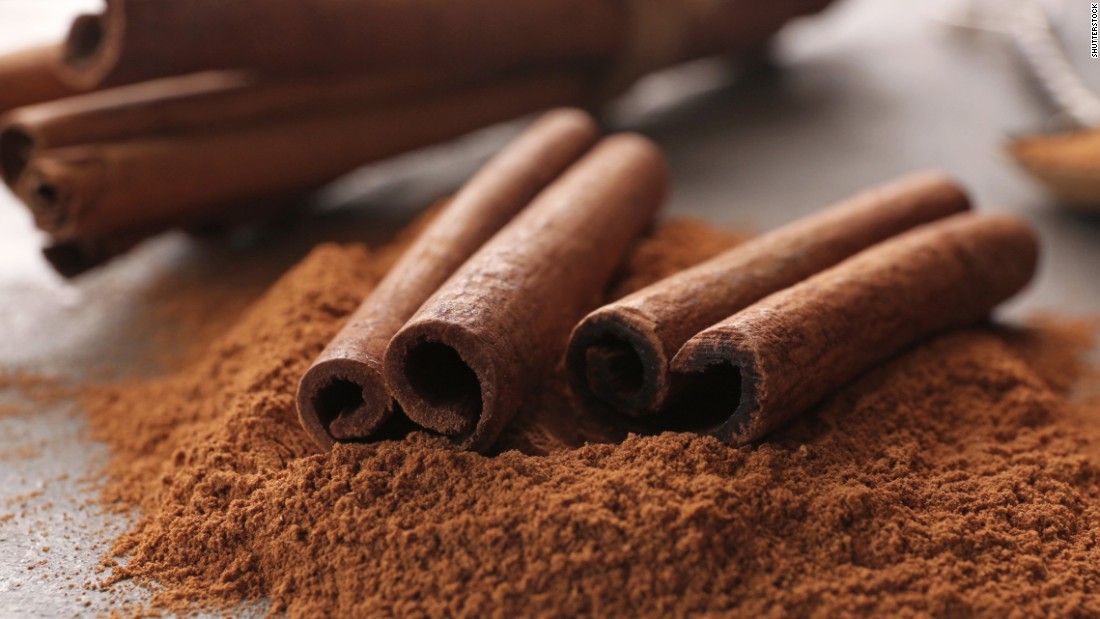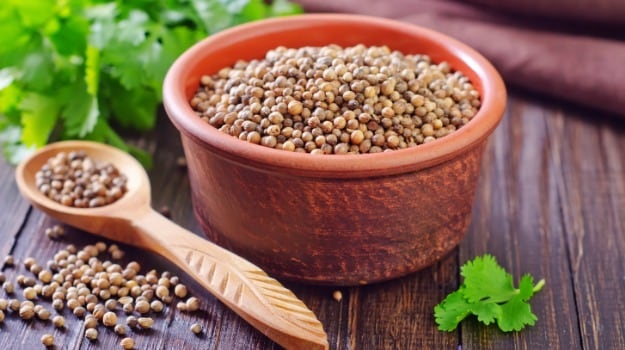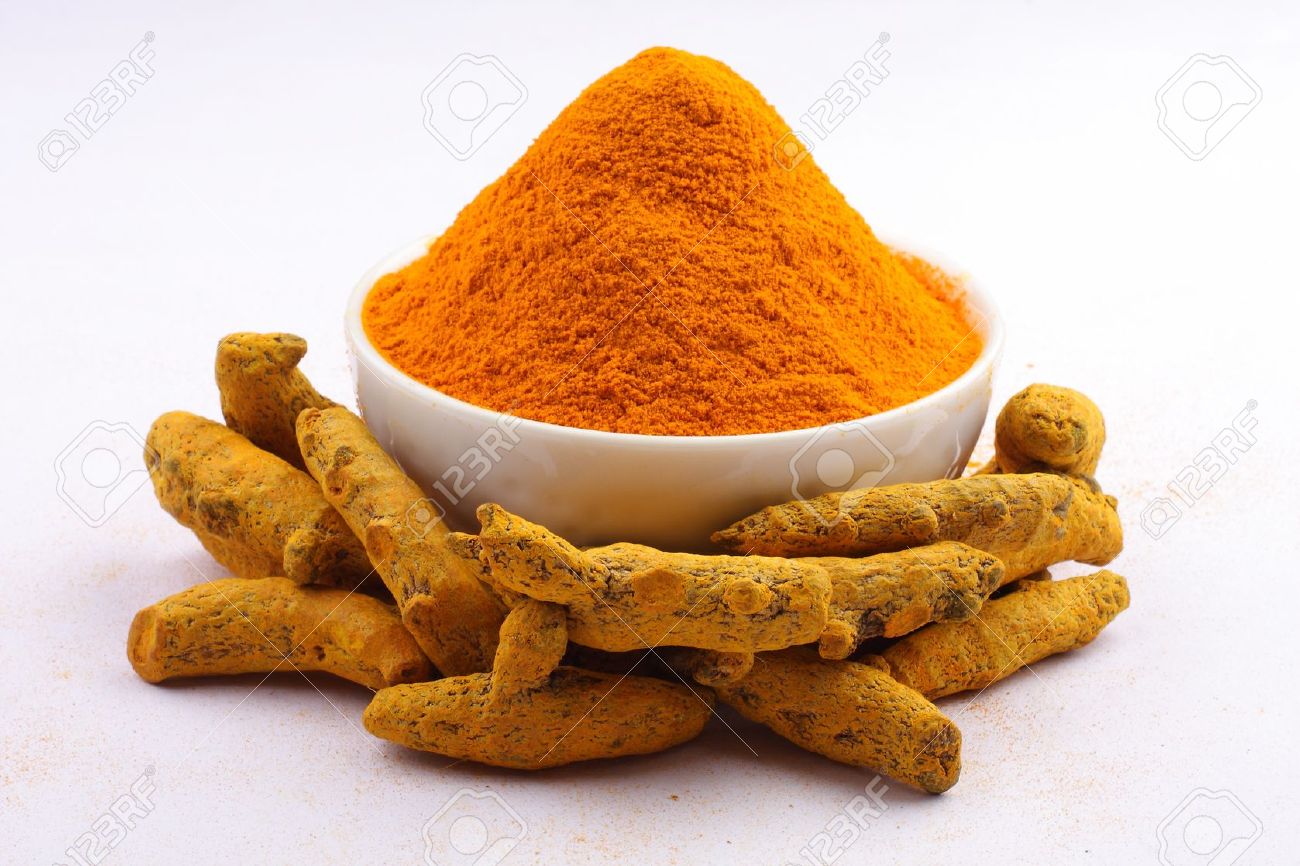Healing Spices
Many researches are being done on the healing power of spices used in Indian cooking. I knew they have medicinal properties, and health benefits, but now I am more than encouraged to use them consciously in my cooking, and persuade my friends to try.
When you are working full-time, and you have babies, and or you are working on a thesis, and don't have time to brush your teeth (I was told), you have no other option but using some canned food (Chick Peas, Tuna, Chicken Soup), but please try to focus on organic and natural food, and spend a little time boiling lentils or chick peas. Actually it is not that hard! You may soak chick peas in water before you go to bed, in the morning they are ready to be boiled. Boil them in a pressure cooker (love the digital one) when you are writing a few pages of your thesis. Wouldn't matter if you forget to switch off.
By the way, I preferred to use my own blended version of baby-food for my babies; my daughter blended veggies and fruits and saved them in ice-cream trays, when she had a baby. I visited Hongkong when my youngest daughter was one-year old. That was quite brave, a two-and-half and a one-year old in tow when you are flying for five hours, and trying to enjoy sight-seeing spots like Ocean Park where we watched Seals and Dolphins, to get on a mountain-to-mountain escalator. That is the only time I used ready-to-eat frozen food for babies. Our life now is so busy, so fast, mothers have a life too (who understands that better than me?)! But I would suggest, if you can, prepare frozen food for babies from scratch.
The same for the spices. They are available in stores, ground. But if they are stored for weeks and months, they lose their flavour. If you can use your dry grinder and grind cinnamon, cardamom, fennel seeds, or mustard, at the time when you are using it, or store them in a jar for later use (not for long), you are doing a great favour to yourself and your family. Actually you can grind almost any spices other than Turmeric in a dry grinder, or using a mortar and pestle. If spices are fresh, even a little pinch goes a long way!
Cinnamon is supposed to help balance blood-sugar. This spice, according to researchers, actually mimics the action of insulin, the hormone that controls blood-sugar. More and more cases of Type 2 Diabetes are increasing - that's undeniable at the moment! According to researchers, Cinnamon stimulates insulin-receptors on fat and muscle-cells the same way as Insulin does. It also allows the excess sugar to move out of blood and stop getting into cells. The best Cinnamon grows in Sri Lanka. So if you like to buy the best cinnamon, buy the Ceylon Cinnamon.

Coriander seeds are an excellent source of minerals like iron, copper, calcium, potassium, manganese, zinc and magnesium. Copper is essential for the production of red blood cells. Iron is essential for cell metabolism and red blood cell formation. Zinc Is a cofactor in many enzymes that regulate growth and development, digestion and nucleic acid synthesis. Potassium Is an important component of cell and body fluids that helps control heart rate and blood pressure. The human body utilizes manganese as a cofactor for the important antioxidant enzyme superoxide dismutase.

Turmeric powder is used in almost every dish in Bengali cooking. According to research, this preventive and curative spice has an ingredient called Curcumin which is rich in antioxidants and known for its anti-inflammatory actions. It is claimed that Turmeric protects and improves almost every organ in our body. To me, it sounds true because, from my childhood, I have seen every dish to be cooked with a generous sprinkling of turmeric powder. It's a root, usually the dried ones are used for powdering and cooking.

Turmeric is supposed to help reduce inflammation and stop proliferation of cancer cells. So far, Turmeric is the only readily available and edible source of Curcumin, and two places in India are famous for growing turmeric - Madras and Alleppy. The turmeric from Alleppy is known to have two times more curcumin than the other ones. Obviously from now, I will find out if I can get Alleppy-grown turmeric powder, and perhaps sprinkle a little more - actually no, more than needed turmeric powder spoils a dish. One of my Indian friends told me she mixes turmeric powder, ginger paste, and lemon juice to create a tea-like drink for herself, and feels that it heals her bronchial cough, and cold.
Tips for using:
-
Before sautéing vegetables or making stir-fry, heat oil in a pan and sprinkle it with turmeric, stirring for a few seconds so it toasts a bit but doesn’t burn.
-
Add turmeric to fried onions (one study found that onions and turmeric work together, synergistically, to protect against cancer).
-
Use turmeric generously in lentil or dal dishes.
-
Blend it in melted butter and drizzle over cooked vegetables.
-
Add a teaspoon of turmeric to a large pot of chicken noodle soup.
-
Add a teaspoon of turmeric to homemade chilli.
-
Eat more yellow mustard, which contains turmeric.
Ginger
Ginger is a tropical flowering perennial plant with green-purple flowers. It belongs to the Zingiberaceae family and is native to Asia, where they have been cooking with the spice for the last 4,400 years. There are many uses of ginger, including using the root for its medicinal properties in addition to cooking. Ginger can be minced, made into a powder, or used as an extract. You can eat it alone, as ginger tea, in lemonade, or sprinkled on food as a seasoning.
Ginger Uses and Health Benefits
Active compounds like volatile oils and pungent phenol compounds--which include gingerols and shogaols--provide ginger health benefits. In China, people have used ginger for the last 2,000 years to treat ailments like diarrhea, nausea, and stomach pain. It’s said to contain the following properties:
- Antibacterial